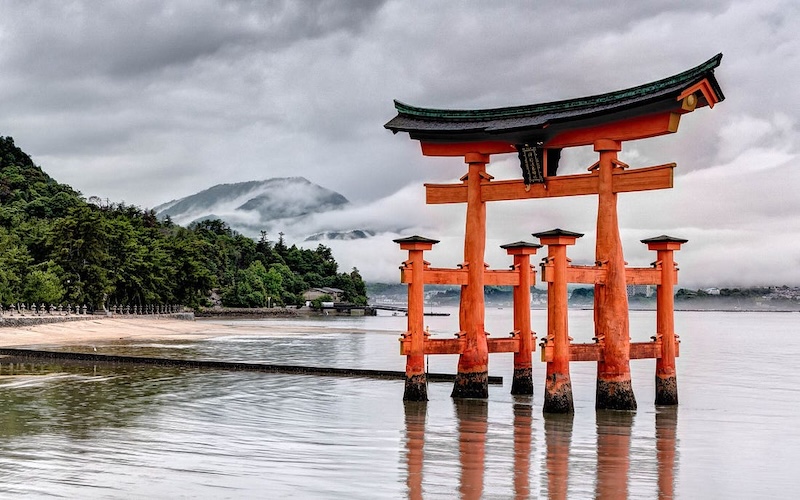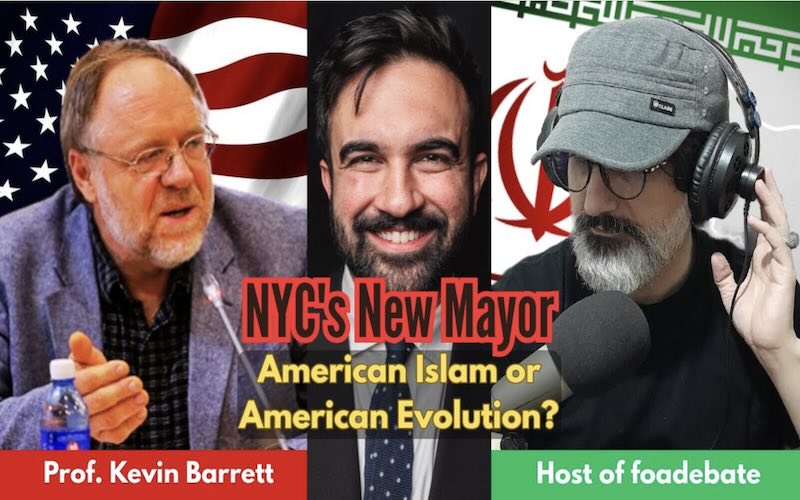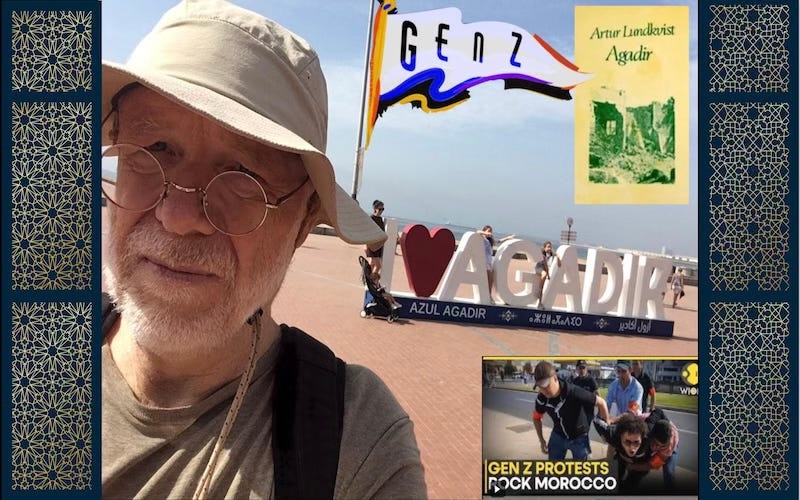Islam is one of the world’s major religions, followed by over a billion people around the globe. Its beginnings can be traced back to the 7th century in a region of the world known today as the Middle East. If you’re unfamiliar with Islam, this article offers a clear and simple overview of how it all started.
Where Did Islam Begin?
Islam began in the Arabian Peninsula, in a city called Mecca (in modern-day Saudi Arabia). Mecca was an important trade city, home to many different tribes and a mix of religious beliefs, including a form of polytheism (belief in many gods). People also worshipped idols (statues of gods) and followed old tribal customs.
Who Was Muhammad?
The story of Islam begins with a man named Muhammad, born in Mecca around the year 570 CE. He came from a respected tribe called the Quraysh, but he was orphaned as a child and grew up modestly. As he got older, Muhammad became known for his honesty and fairness in business, earning him the nickname “Al-Amin” (the trustworthy one).
In his forties, Muhammad began spending time alone in the mountains near Mecca, thinking deeply about life and spirituality. In the year 610 CE, during one of these retreats, he reported a life-changing experience: he received a message from God (Allah in Arabic) through the angel Gabriel.
This was the beginning of what Muslims believe was a series of divine revelations that continued for the next 23 years of Muhammad’s life. These messages would later be collected into the Qur’an, the holy book of Islam.
What Did Muhammad Preach?
Muhammad taught that there is only one God (Allah) and that all people are equal in the eyes of God. He encouraged kindness, charity, honesty, and care for the poor. He also strongly rejected idol worship, which angered many of Mecca’s powerful leaders, who made money from the city’s religious shrines.
Because of his message, Muhammad and his followers were mocked, threatened, and even attacked. Life in Mecca became very difficult for them.
The Migration to Medina (Hijra)
In 622 CE, Muhammad and his followers left Mecca and moved to a nearby city called Yathrib, which later became known as Medina (meaning “the City of the Prophet”). This journey is called the Hijra, and it marks the beginning of the Islamic calendar.
In Medina, Muhammad became both a spiritual and political leader. He helped settle disputes among the local tribes and gained many more followers. Over time, Islam grew into both a religion and a community, with clear rules for prayer, charity, fasting, and how to live justly.
The Return to Mecca
After years of conflict and negotiation, Muhammad and his followers peacefully returned to Mecca in 630 CE. They removed the idols from the Kaaba, a sacred building in the center of the city, and dedicated it to the worship of one God.
By the time of Muhammad’s death in 632 CE, most of the Arabian Peninsula had embraced Islam.
What Happened After Muhammad?
After Muhammad’s death, his followers were led by a series of leaders known as caliphs. They continued to spread Islam beyond Arabia, reaching parts of the Middle East, North Africa, and even into parts of Europe and Asia over the next few centuries. This period is known as the early Islamic Caliphates.
Why Is This History Important?
Understanding the early history of Islam helps explain why it is such a central force in the lives of so many people today. It began not just as a faith, but as a movement for justice, community, and peace. The teachings of Muhammad still guide Muslims around the world in how they pray, treat others, and live their daily lives.
Key Takeaways
- Islam began in Mecca in the 7th century with the teachings of Muhammad.
- Muhammad received messages from God through the angel Gabriel, which were recorded in the Qur’an.
- His message focused on monotheism, justice, and compassion.
- Persecution led to the Hijra, the migration to Medina, marking the start of the Islamic calendar.
- Islam spread rapidly after Muhammad’s death, shaping much of world history.






